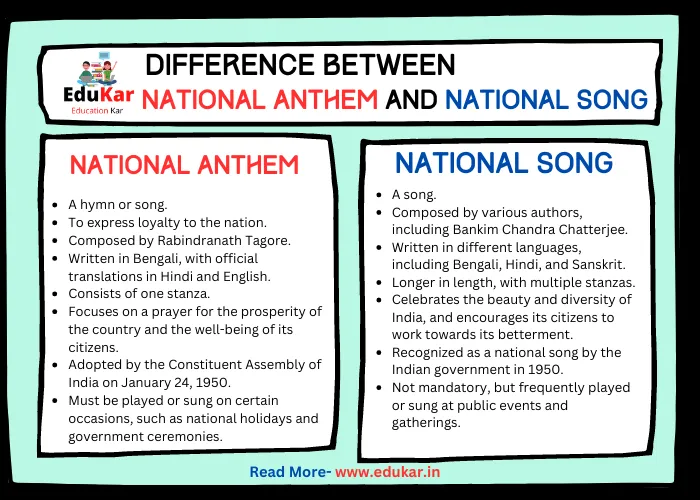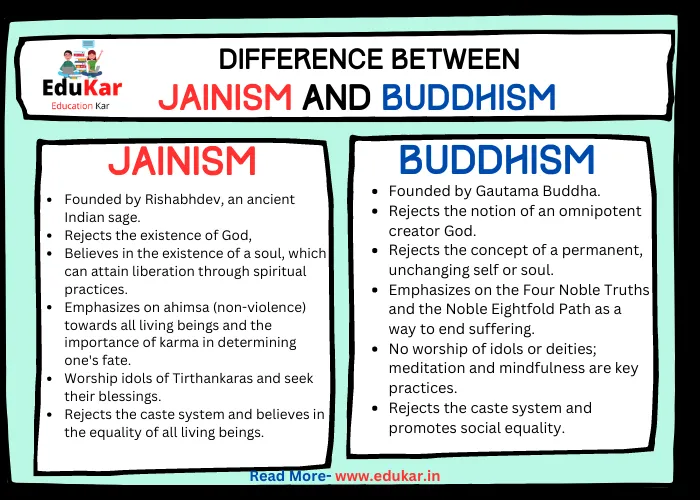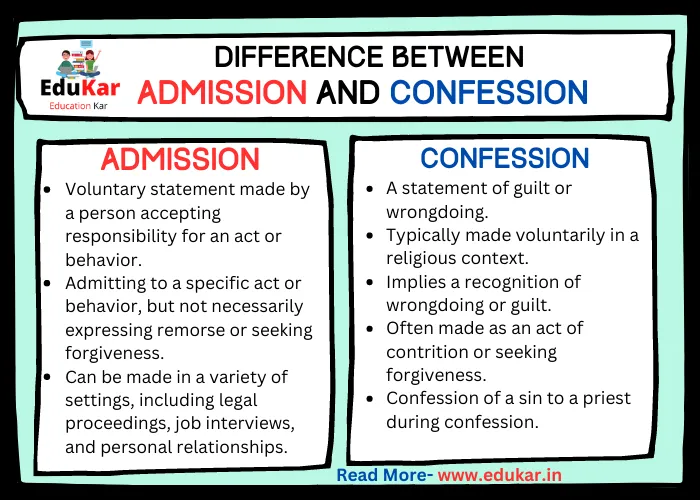Contents
- 1 Introduction
- 2 National Anthem
- 3 National Song
- 4 Differences between National Anthem and National Song
- 5 Significance and Importance of National Anthem and National Song
- 6 Conclusion
- 7 FAQs
- 7.1 What is the national anthem of India?
- 7.2 What is the national song of India?
- 7.3 What are the differences between the national anthem and national song of India?
- 7.4 What is the historical significance of the national anthem and national song of India?
- 7.5 What is the cultural importance of the national anthem and national song of India?
- 7.6 How are the national anthem and national song of India used?
- 7.7 Can the national anthem and national song of India be played or sung at any time?
Learn about the key differences between the national anthem and national song of India in this informative article. Discover the historical and cultural significance of “Jana Gana Mana” and “Vande Mataram”, their usage guidelines, and their importance in fostering national identity and pride.

Introduction
National anthems and national songs are both important musical compositions that represent a country’s history, culture, and values. While the two terms are often used interchangeably, there are significant differences between the two.
National Anthem
A national anthem is a musical composition that represents a country’s identity and is typically played on important national occasions. It is usually written in a hymn-like or patriotic style and is often accompanied by lyrics that reflect the country’s history, culture, and values. The national anthem is considered a symbol of national unity and pride, and it is often sung or played at important national events, such as sports events, political ceremonies, and military ceremonies.
Characteristics of a national anthem
Some of the characteristics of a national anthem include a strong, memorable melody, lyrics that express patriotism and national pride, and a musical arrangement that is recognizable and easy to perform.
National Song
A national song is a musical composition that is similar to a national anthem but does not have the same formal status. It is often a folk song or a popular song that has become a symbol of national identity and pride. National songs are not necessarily played or sung at official national events but are instead used to express a sense of national unity and cultural identity.
Characteristics of a national song
The characteristics of a national song can vary, but they often include a catchy melody, lyrics that reflect the country’s cultural traditions and values, and a musical arrangement that is easy to sing and play.
Differences between National Anthem and National Song
| Aspect | National Anthem | National Song |
|---|---|---|
| Definition | A hymn or song | A song |
| Purpose | To express loyalty to the nation | To evoke patriotism and pride in the country |
| Authorship | Composed by Rabindranath Tagore | Composed by various authors, including Bankim Chandra Chatterjee |
| Language | Written in Bengali, with official translations in Hindi and English | Written in different languages, including Bengali, Hindi, and Sanskrit |
| Length | Consists of one stanza | Longer in length, with multiple stanzas |
| Content | Focuses on a prayer for the prosperity of the country and the well-being of its citizens | Celebrates the beauty and diversity of India, and encourages its citizens to work towards its betterment |
| Formal recognition | Adopted by the Constituent Assembly of India on January 24, 1950 | Recognized as a national song by the Indian government in 1950 |
| Mandatory requirement | Must be played or sung on certain occasions, such as national holidays and government ceremonies | Not mandatory, but frequently played or sung at public events and gatherings |
| Significance | Regarded as one of the most sacred symbols of India’s national identity | Considered a powerful expression of India’s rich cultural heritage |
| Enforcement | Regulated by the Prevention of Insults to National Honour Act, which prohibits any act that causes disrespect to the national anthem | No specific regulations for enforcement |
Significance and Importance of National Anthem and National Song
National anthems and national songs play an important role in national identity and patriotism. They serve as a symbol of unity and pride for the country and its people. National anthems and national songs can also inspire a sense of national unity and motivate people to work together for the common good.
Furthermore, national anthems and national songs can help preserve a country’s cultural heritage and traditions. They often reflect the history, values, and beliefs of a nation and serve as a way to pass these down from one generation to the next.
Conclusion
national anthems and national songs are important musical compositions that represent a country’s identity, culture, and values. While national anthems are more formal and typically played at official national events, national songs are often simpler and more associated with cultural traditions and emotional connections. Regardless of their differences, both national anthems and national songs play a crucial role in fostering national identity and pride, preserving cultural heritage and traditions, and inspiring a sense of national unity. As such, they are important symbols of a country’s history, culture, and values, and a source of inspiration for its people.
FAQs
What is the national anthem of India?
The national anthem of India is “Jana Gana Mana,” which was composed by Rabindranath Tagore in 1911.
What is the national song of India?
The national song of India is “Vande Mataram,” which was written by Bankim Chandra Chatterjee in 1876.
What are the differences between the national anthem and national song of India?
The national anthem and national song of India have several differences. The national anthem, “Jana Gana Mana,” is a formal composition with complex musical arrangements and serious lyrics that are sung on official national occasions. The national song, “Vande Mataram,” is a more popular song with a simpler melody and lyrics that celebrate the motherland and cultural traditions.
What is the historical significance of the national anthem and national song of India?
The national anthem and national song of India both have historical significance as symbols of national identity and pride. “Jana Gana Mana” was adopted as the national anthem of India in 1950 after India gained independence from British rule. “Vande Mataram” was popularized during India’s struggle for independence and became a rallying cry for the movement.
What is the cultural importance of the national anthem and national song of India?
The national anthem and national song of India are culturally significant as they reflect the rich cultural heritage of the country. “Jana Gana Mana” and “Vande Mataram” both celebrate the diversity and unity of India and its people.
How are the national anthem and national song of India used?
The national anthem and national song of India are both used to express national identity and pride. “Jana Gana Mana” is played or sung on important national occasions, such as the Republic Day, Independence Day, and other official ceremonies. “Vande Mataram” is often played at cultural events, such as weddings, and is also used as a patriotic song to celebrate India and its people.
Can the national anthem and national song of India be played or sung at any time?
While the national anthem and national song of India are meant to be played or sung on specific occasions, there is no restriction on playing or singing them at any other time. However, it is important to show respect and reverence when playing or singing these compositions, and to adhere to the guidelines set by the government for their usage.















